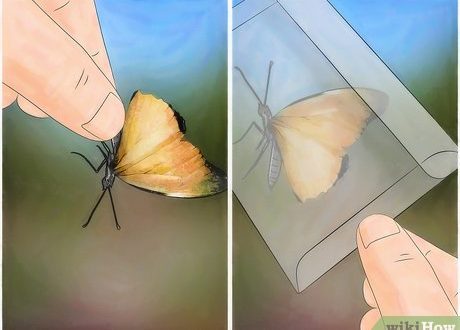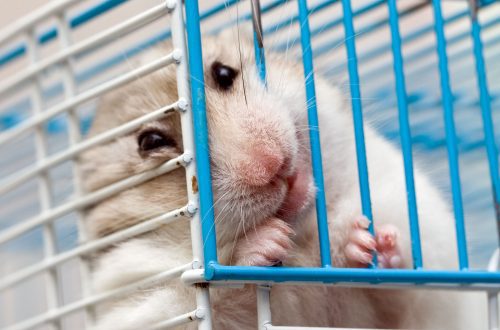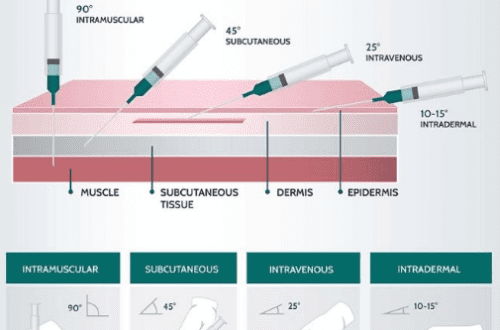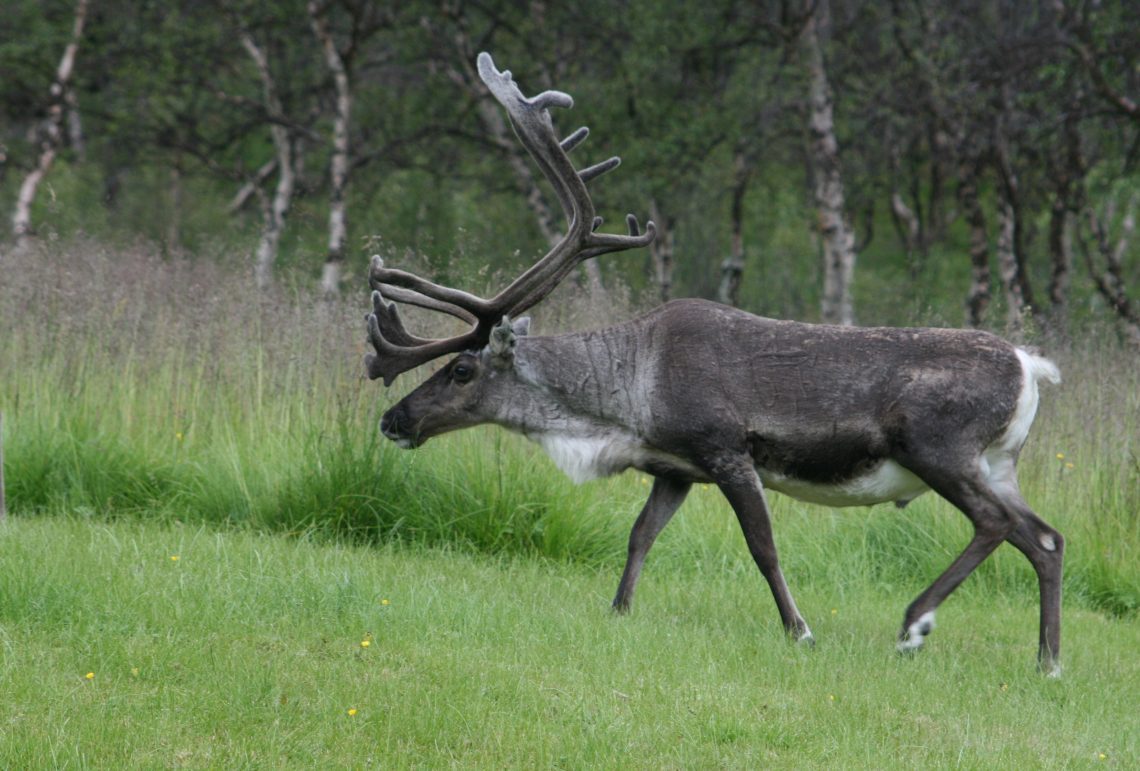
Danasîna keran: taybetmendiyên nijadê, tevger, xwarin û nûsîn
The reindeer is an artiodactyl mammal of the deer family. In addition to domestic reindeer, which are bred as transport and farm animals, a large number of wild reindeer have survived in the northern part of Eurasia, in North America, on the islands, on the Taimyr Peninsula and in the tundra of the Far North.
Contents
Description of the reindeer
The body length of the animal is about two meters, its weight is from one hundred to two hundred and twenty kilograms, the height of the mammal is from one hundred and ten to one hundred and forty centimeters. Reindeer, which live on the islands of the Arctic Ocean and in the tundra, are inferior in size to their southern counterparts living in the taiga regions.
Reindeer, both male and female, have very large horns. The long main stem of the horn curves first backwards and then forwards. Every year, in May or June, the females shed their horns, and in November or December, the males. After a while, the horns grow back. On regrown horns, the number of processes increases, due to which their shape becomes more complicated. They reach full development by the age of five.
Long winter fur. A mane hangs from their neck. Fur hair is very brittle and light, as its core is filled with air. However, deer fur is very warm. The color of winter fur is changeable, from almost white to black. Often the color can be variegated, consisting of dark and light areas. Summer fur is softer and much shorter.
Its color is gray-brown or coffee-brown. The dewlap and sides of the neck are light. The fur of forest animals is darker than the fur of the deer of the Far North. Little deer are one-colored. Their fur is brownish-gray or brown. Only deer calves of Southern Siberia differ. They have on their backs large light spots.
The wide hooves of the front legs of these artiodactyls have depressions in the form of a scoop or spoon. It is convenient to rake snow with them in order to dig moss from under it.
Behavior and nutrition
Reindeer are social animals. They graze in huge herds in which there can be thousands of heads, and when they migrate, the herds reach tens of thousands. Reindeer herds have been migrating along the same route for decades. They can travel five hundred kilometers or more. Animals swim well, so they easily cross rivers and straits.
- Siberian individuals live in the forest in winter. By the end of May, large herds of animals leave for the tundra, where at this time there is more food for them. There are fewer mosquitoes and gadflies that deer suffer from. In August or September, the animals migrate back.
- Scandinavian deer avoid forests.
- In North America, deer (caribou) migrate from the forest closer to the sea in April. Returns in October.
- European animals travel relatively close during the year. In summer, they climb the mountains, where it is cooler and you can escape from midges and midges. In winter they go down or move from one mountain to another.
Deer suffer greatly from gadflies, which lay eggs under their skin. As a result, abscesses form in which the larvae live. The nasal gadfly lays eggs in the nostrils of the animal. These insects cause a lot of suffering to deer and sometimes even exhaust them.
Reindeer feed mainly on plants: reindeer moss or reindeer moss. This food forms the basis of their diet for nine months. Having a superbly developed sense of smell, animals very accurately find reindeer moss, berry bushes, sedges, and mushrooms under the snow. Throwing snow with their hooves, they get their own food. The diet may include other lichens, berries, grass and even mushrooms. Deer eat eggs of birds, rodents, adult birds.
In winter, animals eat snow to quench their thirst. They are in large numbers drink sea waterto maintain salt balance in the body. For this, discarded horns gnaw. Due to the lack of mineral salts in the diet, deer can gnaw each other’s antlers.
Reproduction û bendewariya jiyanê
Reindeer begin their mating games in the second half of October. At this time, males, seeking females, arrange fights. The female reindeer bears a cub for almost eight months, after which gives birth to one deer. It’s very rare to have twins.
The very next day after his birth, the baby begins to run after his mother. Until the beginning of winter, the female feeds the deer with milk. Three weeks after birth, the calf’s horns begin to sprout. In the second year of life, the puberty of the animal begins. A female can give birth up to the age of eighteen.
reindeer live about twenty five years old.
domestic reindeer
Having isolated part of the herd of wild animals, people domesticated the reindeer. Domestic animals are accustomed to people, live on a semi-free pasture and in case of danger do not scatter, hoping that people will protect them. Animals are used as mounts, give milk, wool, bones, meat, horns. In turn, animals need only salt and protection from predators from humans.
- The color of domestic individuals is different. This may be due to individual characteristics, gender and age. European animals at the end of the molt are usually dark. Most of the head, sides and back are brown. Limbs, tail, neck, crown, forehead greyish. Snow-white pets are highly valued among the peoples of the North.
- In size, domestic deer are much smaller than wild ones.
- Until now, for the inhabitants of the Far North, the deer is the only domestic animal with which their life and well-being are connected. This animal is for them both transport, and material for dwellings, and clothing, and food.
- In the taiga regions, reindeer are ridden on horseback. In order not to break the back of the animal, they sit closer to the neck. In the tundra and forest-tundra, they are harnessed to sleds (winter or summer) obliquely in threes or fours. One animal is harnessed to transport one person. A hard worker can walk up to a hundred kilometers a day without much fatigue.
Enemies of the deer
Reindeer are desirable for large predators, as they have meat and fat. His enemies are wolf, bear, wolverine, lynx. During migration, a fertile time comes for predators. Reindeer herds move long distances, sick and weak animals lag behind, exhausted. They become prey wolverines and wolf packs.
Ruthlessly exterminates these animals and people. He hunts an animal for its horns, hide, meat.
Currently, there are about fifty thousand animals in the northern European part, about six hundred thousand in North America and eight hundred thousand in the polar zones of Russia. Significantly more domestic deer. Their total number is about three million heads.
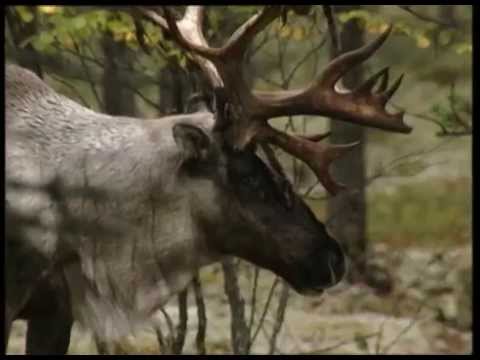

Vîdyoyê li YouTube binêrin





